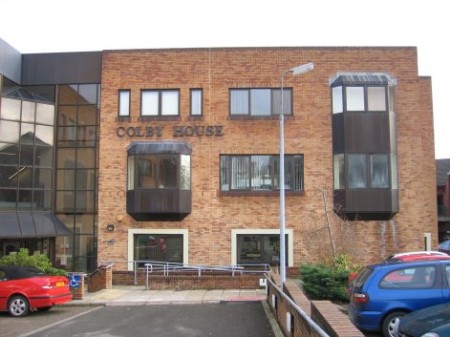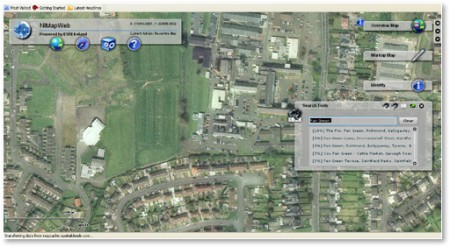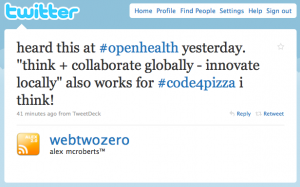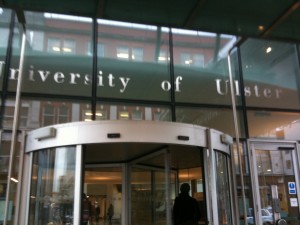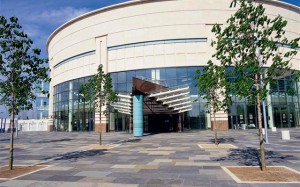The title of this blog post is the most accurate description possible. It’s not every day that you are inspired by something, especially not what would be called a “industry move” but sometimes these items can inform you of really cool stuff that is happening out there and that’s where you can find inspiration. I’ve … Continue reading “Food for Thought”
The title of this blog post is the most accurate description possible.
It’s not every day that you are inspired by something, especially not what would be called a “industry move” but sometimes these items can inform you of really cool stuff that is happening out there and that’s where you can find inspiration.
I’ve been playing with Code4Pizza for a while now. Code4Pizza is founded on the idea that people are essentially good – a pretty wacky idea.
codeforpizza is a nonprofit idea to encourage young techies to build their own careers by providing computers, mentoring, internet access, learning materials and pizza. CodeForPizza is initially based in Belfast, Northern Ireland
Now, so far we’ve managed to attract some of the best and brightest of Northern Ireland’s indigenous tech sector and they’ve worked on processing bus and train data with the help of Translink and I’ve been putting together some more projects which are essentially for the public good.
So, what inspired me today?
Former IFP head, Michelle Byrd, has been named co-president of Games for Change, a global advocate for making and supporting digital social impact games. Byrd will serve along with Asi Burak, who recently joined Games for Change as Executive Producer and was previously co-founder of Impact Games, creators of the “PeaceMaker” and “Play the News” platforms. Byrd and Burak will work together on the strategic vision of the organization and will jointly oversee all programmatic initiatives. Byrd will take the lead on institutional relationship and partnership efforts, along with fundraising, business affairs, financial management, and communications strategy, while Burak will take the lead on curation, development, and execution of programs and services “to raise the production, quality and influence of social impact games, and serves as a spokesperson for the organization.”
This organisation, Games For Change, tackles the real world problems of human rights, public health, poverty, the environment, global conflict and the economy.
I started Code4Pizza for similar reasons and my plans for a gaming company are also similar – bringing the impact of designers and developer grey muscle to some of the work needed for lasting social change.
I am somewhat encouraged by the ConDem’s BigSociety ideas
The plans include setting up a Big Society Bank and introducing a national citizen service.
The stated priorities are:
- Give communities more powers
- Encourage people to take an active role in their communities
- Transfer power from central to local government
- Support co-ops, mutuals, charities and social enterprises
- Publish government data.
The opposition are obviously opposed and there are fears that it is just a smokescreen for proposed cuts and a swathe of privatisation but the release of government data and the empowering (and presumably funding) of charities, social enterprises and co-operatives is a good thing.
I’m not 100% sure that there will be adequate delivery of this without organisations like Code4Pizza. You need to have a group of folk who are lighting the path for others by creating initial projects to start things off. These pathfinder projects need to have their own impact as well as building a framework for others to participate. You need buy-in from local educational establishments (to provide an unending supply of placement students (across many disciplines) to provide the heavy lifting and also provide themselves with experience and a portfolio which they may choose to bring to an employer or establish their own business.
Food for thought. Code4Pizza feeds people, entertains them for an evening with good company and has a social purpose. It serves to provide a focal point for community development and social engineering. It ticks the boxes of digital inclusion and entrepreneurial spirit. What a bloody brilliant idea. Maybe Martha Lane Fox will come over and talk to us.
I’m toying with the idea now of turning it into a proper social enterprise. I’d like your views. And your help.
